PET9 / YBL030C Overview
- Standard Name
- PET9 1
- Systematic Name
- YBL030C
- SGD ID
- SGD:S000000126
- Aliases
- AAC2 13 , ANC2 22 , OP1 23
- Feature Type
- ORF , Verified
- Description
- Major ADP/ATP carrier of the mitochondrial inner membrane; exchanges cytosolic ADP for mitochondrially synthesized ATP; also imports heme and ATP; also functions in peroxisomes; required for viability in many lab strains that carry a sal1 mutation; PET9 has a paralog, AAC3, that arose from the whole genome duplication; human homolog SLC25A4 implicated in progressive external ophthalmoplegia can complement yeast null mutant 2 3 4 5 6 7 8 10
- Name Description
- PETite 9
- Paralog
- AAC3 7
- Comparative Info
-
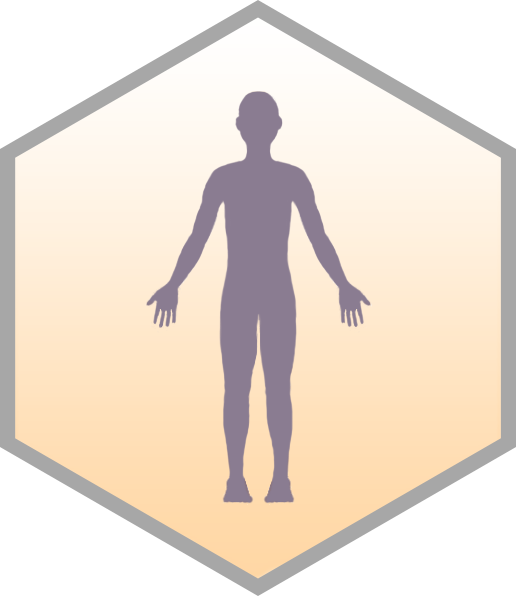
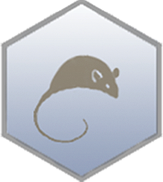
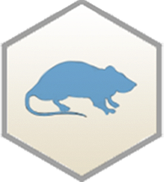
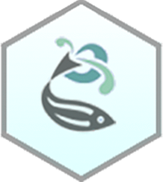
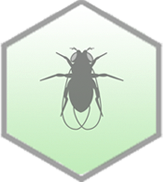
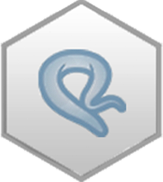
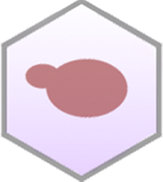
Sequence
The S. cerevisiae Reference Genome sequence is derived from laboratory strain S288C. Download DNA or protein sequence, view genomic context and coordinates. Click "Sequence Details" to view all sequence information for this locus, including that for other strains.
- Summary
- PET9 has a paralog, AAC3, that arose from the whole genome duplication
Analyze Sequence
S288C only
BLASTN | BLASTP | Design Primers | Restriction Fragment Map | Restriction Fragment Sizes | Six-Frame Translation
S288C vs. other species
BLASTN vs. fungi | BLASTP at NCBI | BLASTP vs. fungi
S288C vs. other strains
Protein
Basic sequence-derived (length, molecular weight, isoelectric point) and experimentally-determined (median abundance, median absolute deviation) protein information. Click "Protein Details" for further information about the protein such as half-life, abundance, domains, domains shared with other proteins, protein sequence retrieval for various strains, physico-chemical properties, protein modification sites, and external identifiers for the protein.
- Length (a.a.)
- 318
- Mol. Weight (Da)
- 34446.7
- Isoelectric Point
- 10.33
- Median Abundance (molecules/cell)
- 29722 +/- 8755
- Half-life (hr)
- 6.8
Alleles
Curated mutant alleles for the specified gene, listed alphabetically. Click on the allele name to open the allele page. Click "SGD search" to view all alleles in search results.
View all PET9 alleles in SGD search
Gene Ontology
GO Annotations consist of four mandatory components: a gene product, a term from one of the three Gene Ontology (GO) controlled vocabularies (Molecular Function, Biological Process, and Cellular Component), a reference, and an evidence code. SGD has manually curated and high-throughput GO Annotations, both derived from the literature, as well as computational, or predicted, annotations. Click "Gene Ontology Details" to view all GO information and evidence for this locus as well as biological processes it shares with other genes.
- Summary
- ATP/ADP exchanger of the mitochondrial inner membrane involved in respiration and apoptosis
View computational annotations
Molecular Function
- Manually Curated
- enables ATP:ADP antiporter activity (IDA)
- enables cardiolipin binding (IMP)
Biological Process
- Manually Curated
- involved in ADP transport (IDA)
- involved in aerobic respiration (IMP)
- involved in anaerobic respiration (IGI)
- involved in apoptotic process (IMP)
- acts upstream of or within ATP transport (IGI, IDA)
- involved in heme transport (IMP)
- involved in mitochondrial transport (IMP)
- involved in transmembrane transport (IDA)
Cellular Component
- Manually Curated
- located in mitochondrial inner membrane (IDA)
- located in mitochondrion (HDA)
Phenotype
Phenotype annotations for a gene are curated single mutant phenotypes that require an observable (e.g., "cell shape"), a qualifier (e.g., "abnormal"), a mutant type (e.g., null), strain background, and a reference. In addition, annotations are classified as classical genetics or high-throughput (e.g., large scale survey, systematic mutation set). Whenever possible, allele information and additional details are provided. Click "Phenotype Details" to view all phenotype annotations and evidence for this locus as well as phenotypes it shares with other genes.
- Summary
- Non-essential gene in W303, essential gene in other strain backgrounds; null mutants grow slowly, cannot respire, are sensitive to heat and cold; missense mutants that correspond to human disease mutations display electron transport chain damage, hypersensitivity to the chemical uncoupler CCCP, mtDNA instability, and intolerance to mtDNA loss; overexpression slows growth
Classical Genetics
- dominant negative
- null
- overexpression
- repressible
- reduction of function
- gain of function
- null
- overexpression
- repressible
- reduction of function
Large-scale Survey
Disease
Disease Annotations consist of three mandatory components: a gene product, a term from the Disease Ontology (DO) controlled vocabulary and an evidence code. SGD provides manually curated DO Annotations derived from the literature. Click "Disease Details" to view all Disease information and evidence for this locus as well as diseases it shares with other genes.
- Summary
- Yeast PET9 is homologous to human SLC25A4, and has been used to study mitochondrial myopathy, lactic acidosis, facioscapulohumeral muscular dystrophy, hypertrophic cardiomyopathy, Sengers syndrome, and autosomal dominant progressive external ophthalmoplegia with mitochondrial DNA deletions
Manually Curated
- autosomal dominant progressive external ophthalmoplegia with mitochondrial DNA deletions 2 (IGI, ISS, IMP)
- facioscapulohumeral muscular dystrophy (ISS)
- hypertrophic cardiomyopathy (ISS, IMP)
- lactic acidosis (ISS)
- mitochondrial DNA depletion syndrome 12b (ISS, IMP)
- mitochondrial myopathy (ISS)
- Sengers syndrome (ISS)
Interaction
Interaction annotations are curated by BioGRID and include physical or genetic interactions observed between at least two genes. An interaction annotation is composed of the interaction type, name of the interactor, assay type (e.g., Two-Hybrid), annotation type (e.g., manual or high-throughput), and a reference, as well as other experimental details. Click "Interaction Details" to view all interaction annotations and evidence for this locus, including an interaction visualization.
- Summary
- The pet9 null mutant is inviable in the S288C background, but viable in W303; the null mutant of paralog aac3 is viable; the pet9 aac3 double mutant displays a synthetic growth defect.
374 total interactions for 269 unique genes
Physical Interactions
- Affinity Capture-MS: 159
- Affinity Capture-RNA: 10
- Affinity Capture-Western: 41
- Biochemical Activity: 1
- Co-purification: 1
- Cross-Linking-MS (XL-MS): 19
- PCA: 3
- Proximity Label-MS: 4
- Reconstituted Complex: 1
- Two-hybrid: 1
Genetic Interactions
- Dosage Growth Defect: 1
- Dosage Lethality: 2
- Dosage Rescue: 49
- Negative Genetic: 20
- Phenotypic Enhancement: 3
- Positive Genetic: 22
- Synthetic Growth Defect: 4
- Synthetic Lethality: 21
- Synthetic Rescue: 12
Regulation
The number of putative Regulators (genes that regulate it) and Targets (genes it regulates) for the given locus, based on experimental evidence. This evidence includes data generated through high-throughput techniques. Click "Regulation Details" to view all regulation annotations, shared GO enrichment among regulation Targets, and a regulator/target diagram for the locus.
- Regulators
- 17
- Targets
- 0
Expression
Expression data are derived from records contained in the Gene Expression Omnibus (GEO), and are first log2 transformed and normalized. Referenced datasets may contain one or more condition(s), and as a result there may be a greater number of conditions than datasets represented in a single clickable histogram bar. The histogram division at 0.0 separates the down-regulated (green) conditions and datasets from those that are up-regulated (red). Click "Expression Details" to view all expression annotations and details for this locus, including a visualization of genes that share a similar expression pattern.
Summary Paragraph
A summary of the locus, written by SGD Biocurators following a thorough review of the literature. Links to gene names and curated GO terms are included within the Summary Paragraphs.
Last Updated: 2010-05-10
Literature
All manually curated literature for the specified gene, organized into topics according to their relevance to the gene (Primary Literature, Additional Literature, or Review). Click "Literature Details" to view all literature information for this locus, including shared literature between genes.